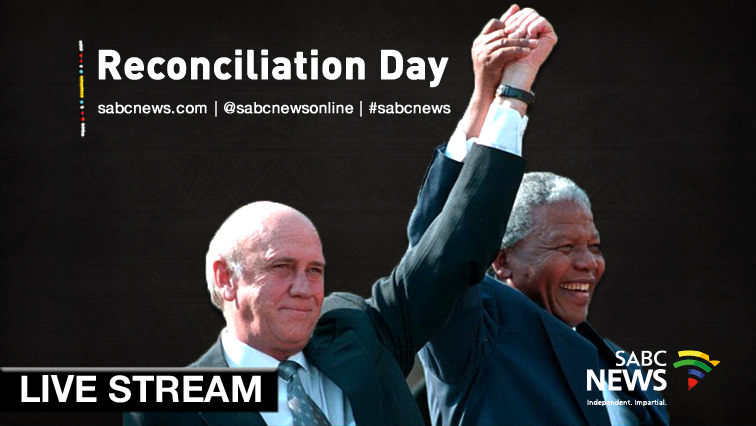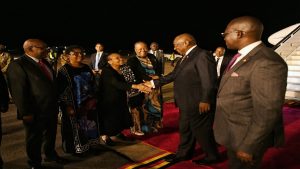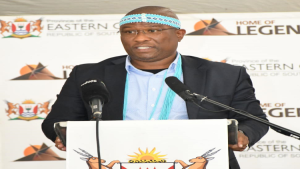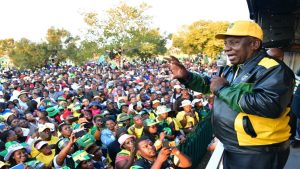South Africans commemorate the 23rd anniversary of the Day of Reconciliation on Sunday. The day is set aside to reconcile and unite South Africans.
President Cyril Ramaphosa to deliver his maiden reconciliation keynote address at Walter Sisulu University in Mthatha, Eastern Cape.
Mthatha was the former capital of the Transkei homeland to the Xhosa people during the apartheid era.
Areas such as Fortgale, Southridge and Sidwadwa were no-go areas for blacks during apartheid times.
Nomxolisi Vakalisa grew up at Nangelizwe township in Mthatha. Today a senior citizen she is still remembered those moments.
“From Owen Street, we were not allowed to travel to Craister Street, Durham Street, the whole of Mthatha. It’s only now when ANC came that we could know there’s a Mthatha Country Club; and it’s a sport place and that time we were indulging in sport, playing tennis as school children but it was just for white people.”
The Bhunga Building in Mthatha has been transformed post democracy. It now serves all people.
This was the Transkei parliament under the leadership of Prime Minister Kaizer Mathanzima who was described as an autocratic leader.
It was here at the Bhunga Building that decisions were taken by the Mathanzima regime. Today the building is a place of reconciliation. It is the Nelson Mandela museum which houses the story of Mandela who led the country to democracy.
Nelson Mandela, South Africa’s the first democratic President called for peace on his release from prison. This museum houses pictures of him shaking hands with his political rivals.
Nelson Mandela Museum’s Neliswe Thwala says, “The gallery space at Bhunga Building used to be Transkei parliament and local meetings were held here. But now we use it to tell the history of two struggle heroes, Nelson Mandela and Chief Albert Luthuli. We did this exhibition in a form of a conversation so that it doesn’t get boring especially for the youth. In a way we are trying to compare them, their leadership styles and well as the fact that they were both aiming for one thing.”
Some South Africans say for reconciliation to be effective, government needs to redress inequality and the imbalances of the past – including poverty, land issue, joblessness and poverty.
“Put an end to divisions”
Arts and Culture Minister Nathi Mthethwa says the purpose of the day of reconciliation is to put an end to divisions and heal the nation.
Speaking to SABC News, Mthethwa says prior 1994, December 16th was a day that divided the nation, as it was the day of the vow, celebrating Afrikaners victory over the Zulus in the battle of blood river.
Mthethwa emphasised the importance of reconciliation to heal and put an end to discrimination in the country.
“We have to take this spiritual journey of reconciling ourselves as a people, like the theme of this year,, Nelson Mandela and Albertina Sisulu liberators for reconciliation, what it means in simple terms for the world , freedom fighters like Ma Sisulu and Tata Mandela understood very well the path they were taking, they were taking it and fighting for their people for peace.”






